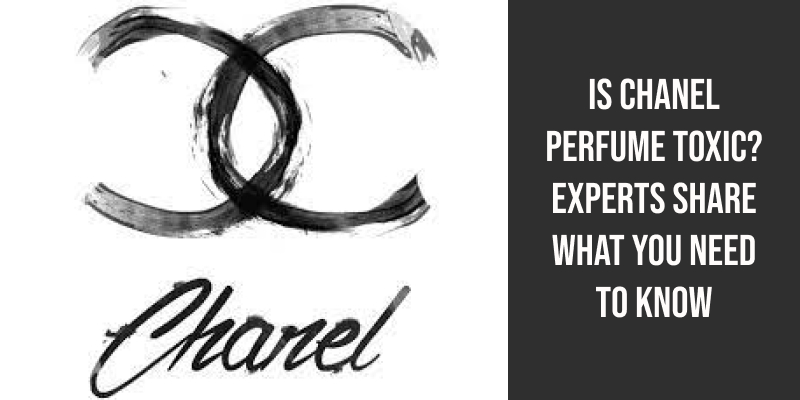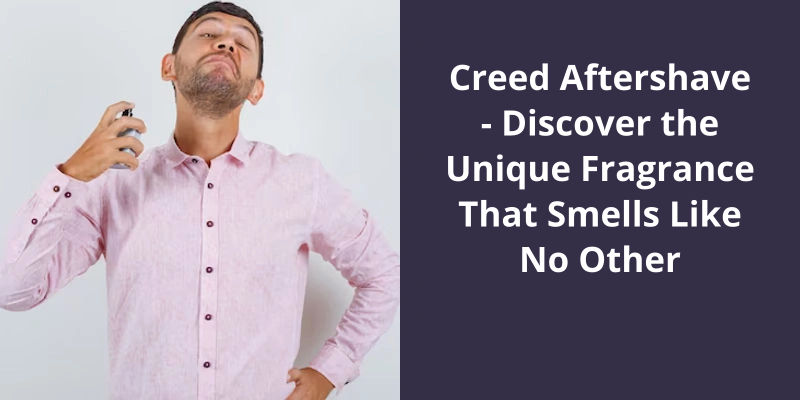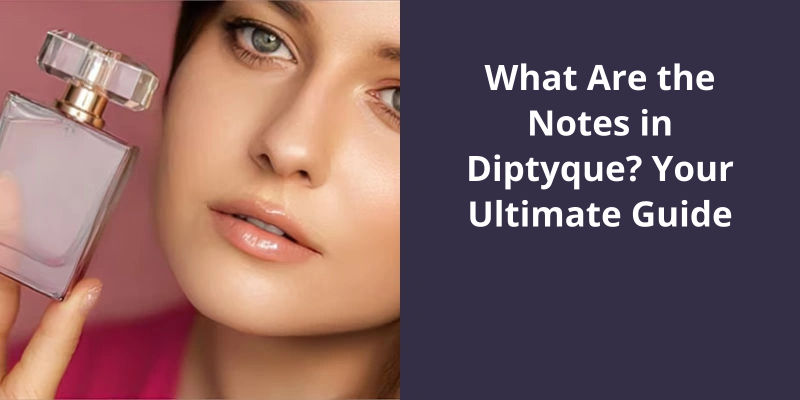Chanel perfume, similar to other fragrances, contains various chemicals that some people may deem toxic. The majority of these substances are commonly found in many other beauty and personal care products. While the perfume may cause minor irritation or sensitivities to some people with specific allergies, it doesn’t necessarily mean it is harmful to everyone. The ingredients in Chanel perfume have been approved for use in cosmetics and comply with the regulations and standards set by the International Fragrance Association (IFRA). However, as a user, if you have experienced any adverse reactions, it is advisable to immediately stop use and consult with a medical professional.

Are Perfumes Harmful to Humans?
Perfumes, when used as intended and in moderation, are generally considered safe for human use. However, it’s important to be aware of potential risks and take necessary precautions. Here are some considerations:
Allergies and Sensitivities: Some individuals may have allergies or sensitivities to certain fragrance ingredients, which can lead to skin irritation, respiratory symptoms, or allergic reactions. It’s recommended to do a patch test before applying a new perfume directly to your skin, especially if you have known sensitivities or a history of allergies.
Volatile Organic Compounds (VOCs): Perfumes contain a combination of natural and synthetic ingredients, some of which are classified as volatile organic compounds (VOCs). VOCs can contribute to indoor air pollution and may exacerbate respiratory conditions in individuals who are particularly sensitive. It’s advisable to use perfumes in well-ventilated areas and avoid excessive or prolonged exposure.
Asthma Triggers: Fragrances, including perfumes, can trigger asthma symptoms in susceptible individuals. If you have asthma or respiratory conditions, it’s important to be mindful of your sensitivity to fragrance and choose products that are labeled as hypoallergenic or suitable for sensitive individuals.
Chemical Sensitivities: Some people may have chemical sensitivities or multiple chemical sensitivity (MCS), which can cause adverse reactions to various chemical compounds, including fragrance ingredients. Individuals with chemical sensitivities may need to avoid certain fragranced products, including perfumes, to minimize symptoms.
It’s important to note that the vast majority of people can use perfumes without any negative health effects. However, if you have concerns about potential risks or specific sensitivities, it’s advisable to consult with a healthcare professional, dermatologist, or allergist who can provide personalized guidance based on your individual circumstances.
Following proper usage guidelines, using perfumes in moderation, and being aware of any personal sensitivities or allergies can help ensure a safe and enjoyable experience with fragrances.
Is Chanel No. 5 Natural?
One of the questions that perfume enthusiasts often ask is whether Chanel No. 5 is natural or not. To get a clear answer to this question, we need to look at the history of this iconic fragrance. Chanel No. 5 was introduced in 1921 by Gabrielle Chanel, the famed French fashion icon. It was the first perfume to carry the Chanel brand name, and it quickly became popular due to it’s unique and sophisticated aroma. It was also significant because it was the first synthetic perfume on the market.
Unlike most perfumes of the time, which were made from natural ingredients like flowers and herbs, Chanel No. 5 was made entirely from synthetic chemicals. The fragrance was created by the renowned perfumer Ernest Beaux, who used a unique mix of aldehydes, jasmine, ylang-ylang, and other scents to create a distinctive aroma. This approach allowed Beaux to create an entirely new fragrance that would stand out from other perfumes on the market.
This means that perfumers can create unique and complex scent profiles that would be impossible to achieve with natural ingredients alone.
Instead, it’s made from a special mix of aldehydes and other synthetic compounds that give it a distinct and long-lasting fragrance. Whether youre a fan of Chanel No. 5 or not, it’s clear that this iconic fragrance will continue to be a trailblazer in the world of perfumery for years to come.
Source: Chanel No. 5
While Chanel’s Coco Mademoiselle has gained a cult following for it’s signature scent, it’s important to note that the perfume isn’t made solely with natural ingredients. However, for those seeking natural alternatives, we’ve compiled a list of three fragrances that offer a more natural option to Chanel’s iconic scent.
Does Chanel Use Natural Ingredients in Perfume?
When it comes to the ingredients used in Chanel perfumes, it’s essential to understand that the brand isn’t entirely natural. While they do use natural ingredients in their fragrances, they also incorporate synthetic ones to achieve the signature scents that we know and love. Chanels perfumes are meticulously crafted to create unique blends that capture the essence of the brand and it’s heritage.
Coco Mademoiselle is one of the most popular perfumes by Chanel and is known for it’s feminine and sophisticated scent. The perfume, created by Jacques Polge, is a blend of floral, fruity, and citrus notes with a base of vanilla and musk. While it isn’t entirely natural, it does contain some natural ingredients such as bergamot, jasmine, and orange blossom.
If you’re looking to go all-natural with your perfumes, there are many alternatives to Coco Mademoiselle that are worth exploring. One of our favourites is Jo Malones Orange Blossom, which is a fresh and floral fragrance made using 100% natural ingredients. It features a blend of orange blossom, water lily, and clementine flower, making it perfect for those who prefer light and airy scents.
Another great all-natural alternative to Coco Mademoiselle is Maison Francis Kurkdjians Aqua Universalis. This fragrance, made using only natural ingredients, is a clean and refreshing scent that’s perfect for everyday wear. It features a blend of white flowers, lemon, and musk, making it ideal for those who prefer citrusy scents.
If you’re a fan of Chanels Chanel Chance, you might want to try LOccitanes Pivoine Flora. This fragrance is a blend of peony, rose, and magnolia, making it perfect for those who love floral scents. It’s made using 100% natural ingredients, making it a great alternative to Chanels synthetic perfume.
These perfumes, made using only natural ingredients, are perfect for those who’re looking for a more authentic and natural scent.
Chanel No. 5 perfume has been a timeless classic for nearly a century, known for it’s unique blend of floral and woody scents. This iconic fragrance was created by the legendary French-Russian chemist and perfumer Ernest Beaux in 1921 and was the first perfume launched by the visionary French couturier Gabrielle “Coco” Chanel. The complex blend of aldehydes and florals, mixed with a warm, woody base, creates a scent that’s truly unparalleled in the world of fragrance. But what exactly is in this famous perfume? Read on to uncover the secret ingredients that make Chanel No. 5 so special.
What Is Chanel Perfume Made Of?
Chanel No. 5 is a fragrance that’s captured the imagination of the public for nearly a century. It’s one of the most iconic fragrances in history, with a storied legacy that’s been celebrated by countless women around the world. What’s particularly noteworthy about this fragrance is the complexity of it’s blend. It’s made up of a wide range of ingredients, each of which contributes to a particular scent profile.
These aldehydes give the scent a unique sparkling quality, which is almost effervescent in nature. They’re combined with a wide range of florals, including rose, ylang-ylang, jasmine, lily of the valley, and iris. Each of these florals brings a distinct scent profile to the fragrance, resulting in a complex and layered final product.
The base of the fragrance is equally complex. It’s made up of a mixture of warm and woody scents, including vetiver, sandalwood, vanilla, amber, and patchouli. These scents provide an earthy quality to the fragrance, balancing out the more delicate florals and aldehydes.
Finally, it’s worth noting that the design of the bottle has also become an iconic part of the fragrances branding. The simple, elegant design has become synonymous with the Chanel brand and has become a cultural touchstone over the years.
It’s this complex blend of aldehydes and florals, coupled with the warm and woody base, that creates a fragrance that’s truly unique. It’s a scent that’s simultaneously classic and contemporary, and one that’s stood the test of time. For anyone looking for a fragrance that’s equal parts elegant and sophisticated, look no further than Chanel No. 5.
The History of Chanel No. 5 and It’s Impact on the Fragrance Industry
Chanel No. 5 is a perfume that was first created by renowned French fashion designer Coco Chanel in 1921. This fragrance has had a massive impact on the fragrance industry and has become one of the most iconic perfumes of all time. It was the first fragrance to use a high concentration of synthetic ingredients, which allowed for a longer-lasting and more consistent scent. Chanel No. 5 became a symbol of luxury and sophistication and has been worn by some of the most famous and influential people in history. It’s legacy is still felt today as it continues to inspire new fragrances and innovations in the fragrance industry.
The longevity of Chanel No. 5 goes beyond just it’s iconic bottle design. Chanel also prioritizes consistency in the quality of ingredients used in the perfume, which is why they continue to source many of their materials from the same farm in Grasse, France. Let’s take a closer look at what goes into this legendary scent.
Where Does Chanel Get Their Materials for Perfume?
Chanel, the French luxury fashion and beauty brand, is known for it’s exquisite and high-quality perfumes. The ingredients used in these perfumes are carefully sourced to ensure that they meet the brand’s exacting standards. One of the essential ingredients in Chanel’s fragrances, such as Chanel No. 5, comes from Grasse, a small town in southeastern France.
Grasse is renowned for being the world’s perfume capital, and it’s been supplying Chanel with some of the necessary raw materials used in it’s perfumes for nearly a century. This long-standing partnership has allowed Chanel to maintain it’s commitment to using only the finest and most exquisite ingredients in it’s fragrances.
In addition to the flowers grown in Grasse, Chanel also sources other raw materials from other parts of the world. For example, the tonka bean, an essential ingredient in the Coco Noir perfume, comes from South America. The Madagascan vanilla bean used in Coco Mademoiselle comes from Madagascar, and the jasmine used in both No. 5 and No. 22 is sourced from India.
This approach allows Chanel to maintain a strong fan base while continuing to innovate and experiment with new scents.
Chanel No. 5, for example, has maintained it’s iconic bottle design for almost a century. The design, which was inspired by a whiskey decanter, is as elegant today as it was when it was first launched.
Chanel’s dedication to quality and attention to detail have made it one of the world’s most respected and revered luxury brands. The company’s unwavering commitment to maintaining it’s signature fragrance’s quality and consistency for almost a century is a testament to the brand’s longevity and endurance.
Conclusion
With it’s exotic blends and luxurious packaging, the brand’s reputation for quality and style has attracted consumers worldwide. However, it’s imperative to be aware of the potential impact that perfume chemicals can have on our health and the environment. While there’s no denying the allure of Chanel perfumes, it’s important to take a step back and consider the long-term effects before making a purchase. Ultimately, it’s up to each individual to make informed decisions when it comes to fragrance use, and to prioritize health and sustainability over beauty trends or brand loyalty.





